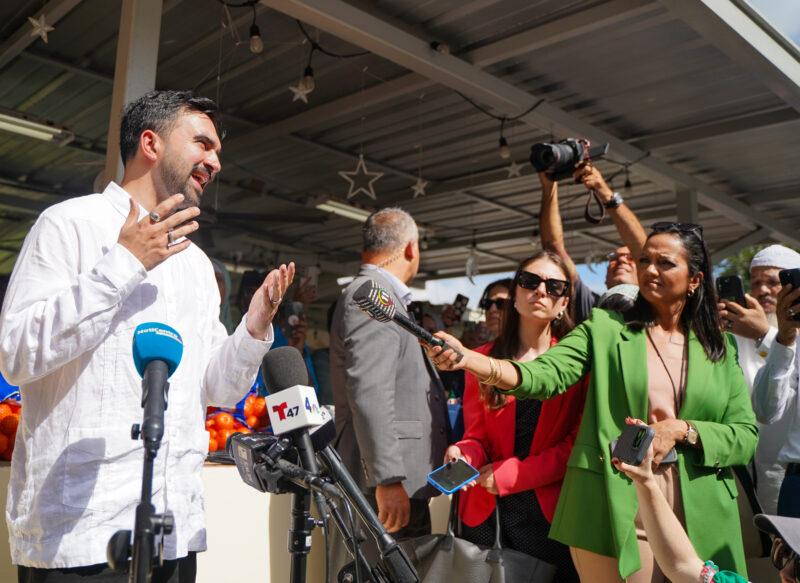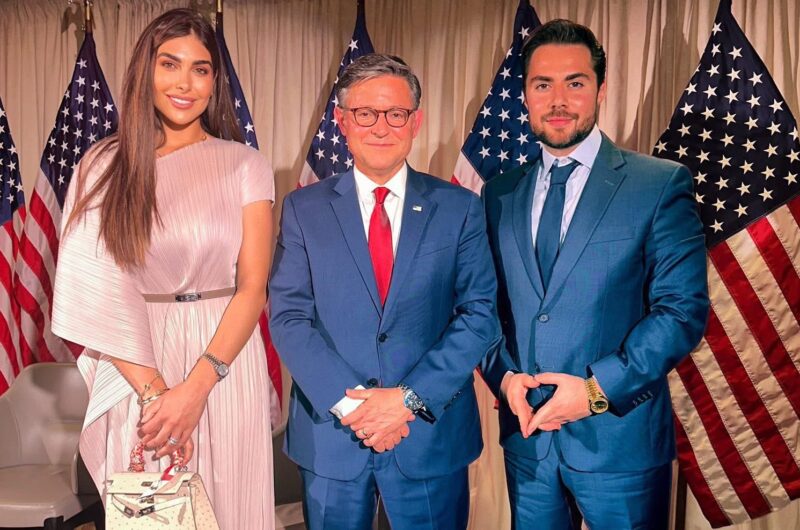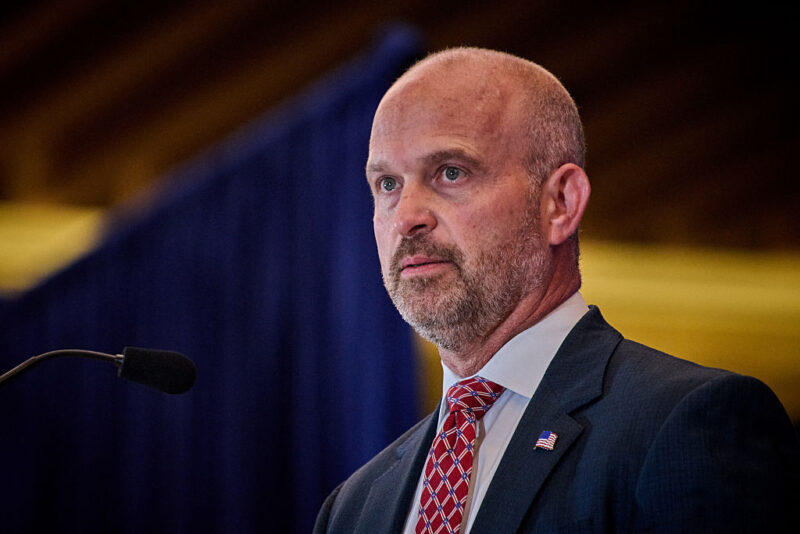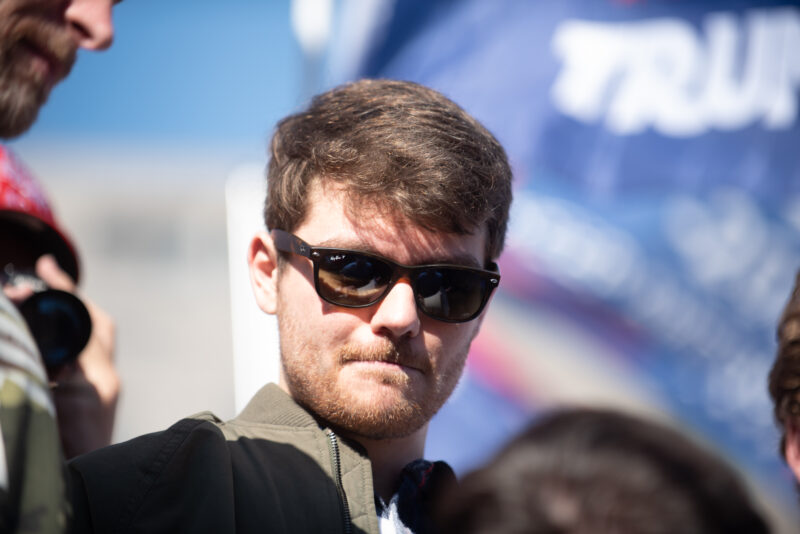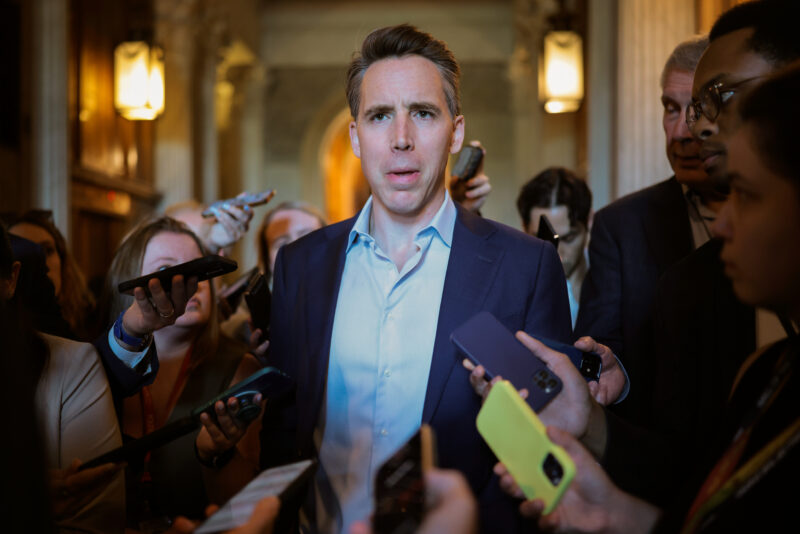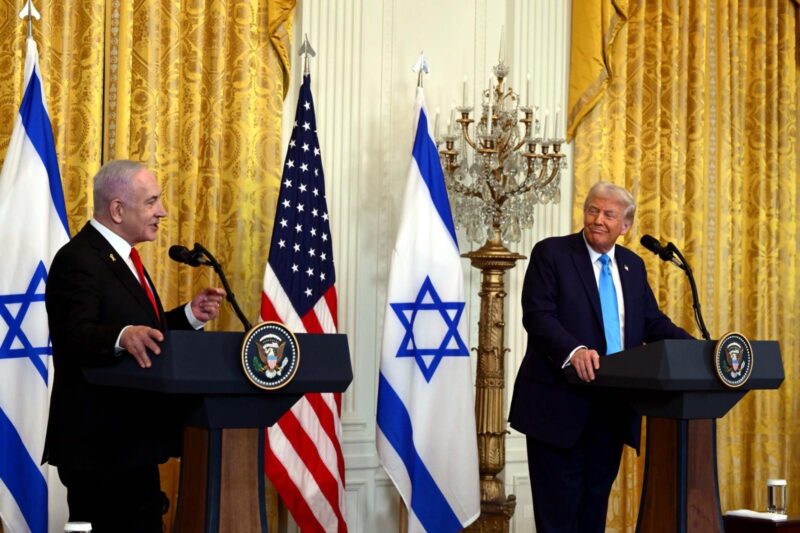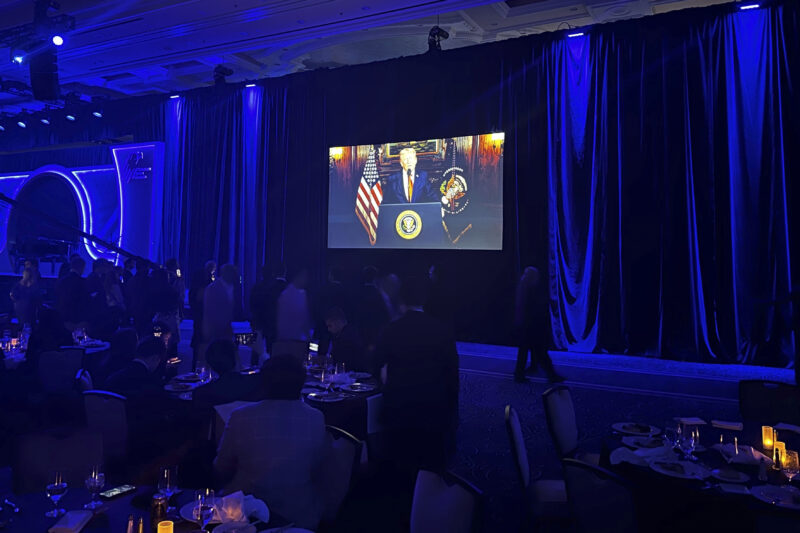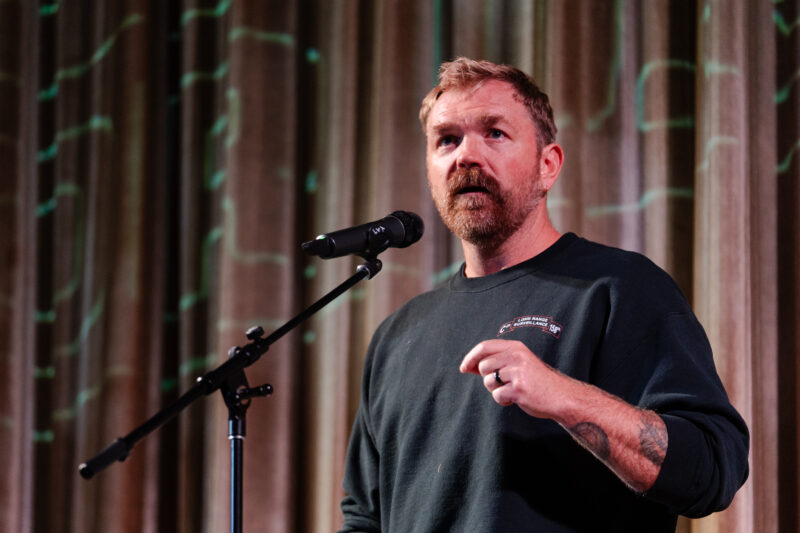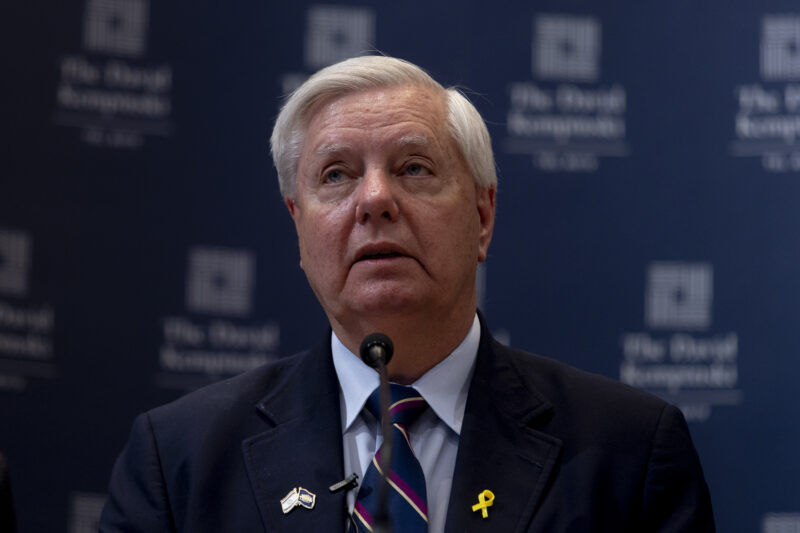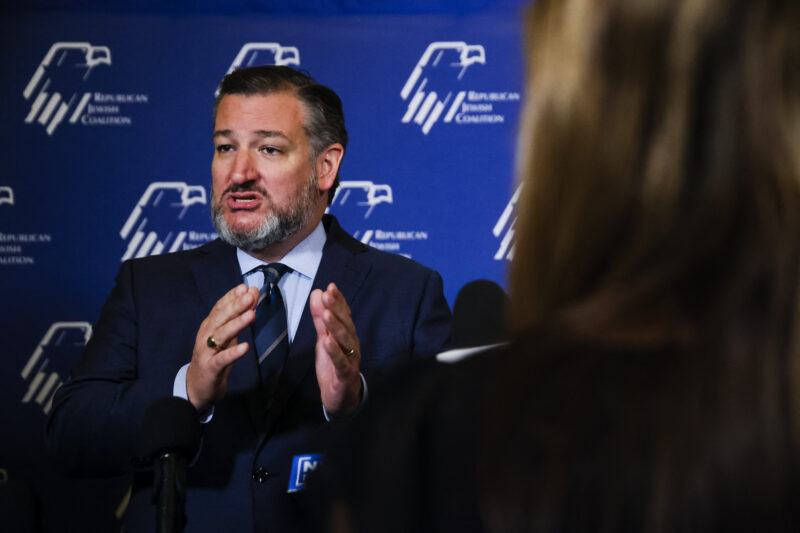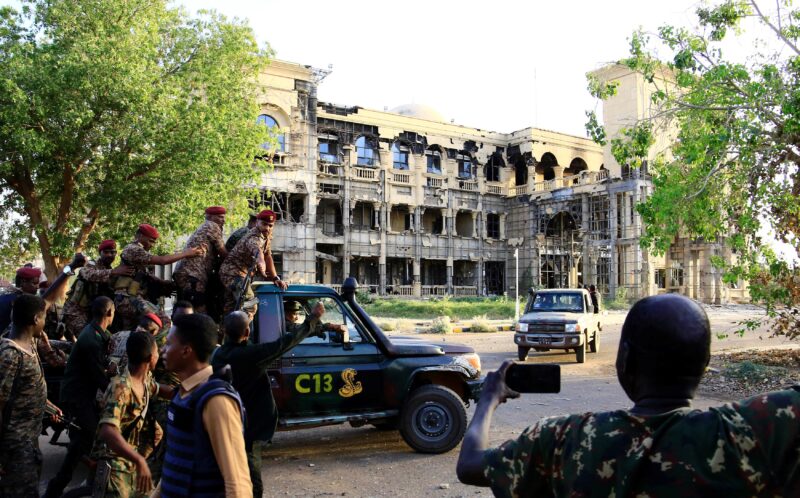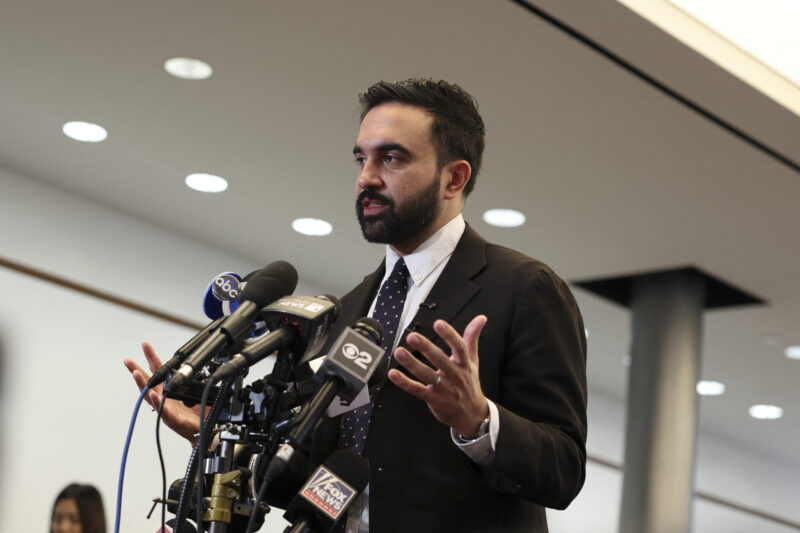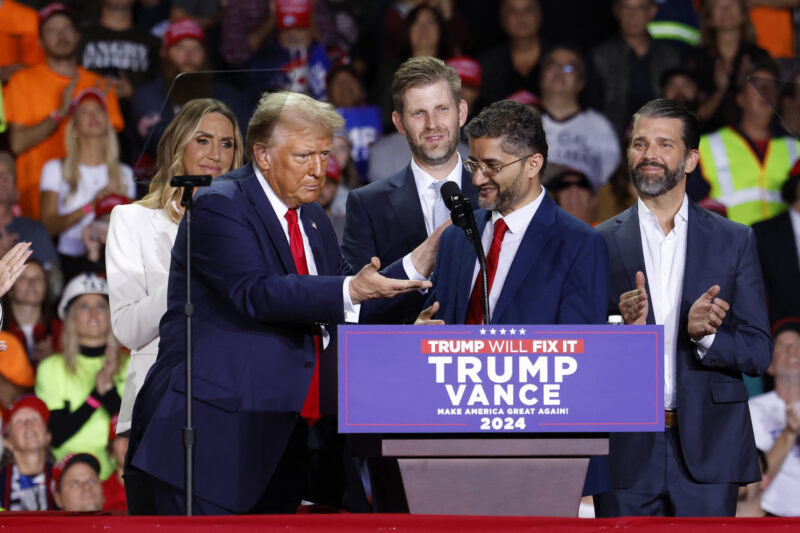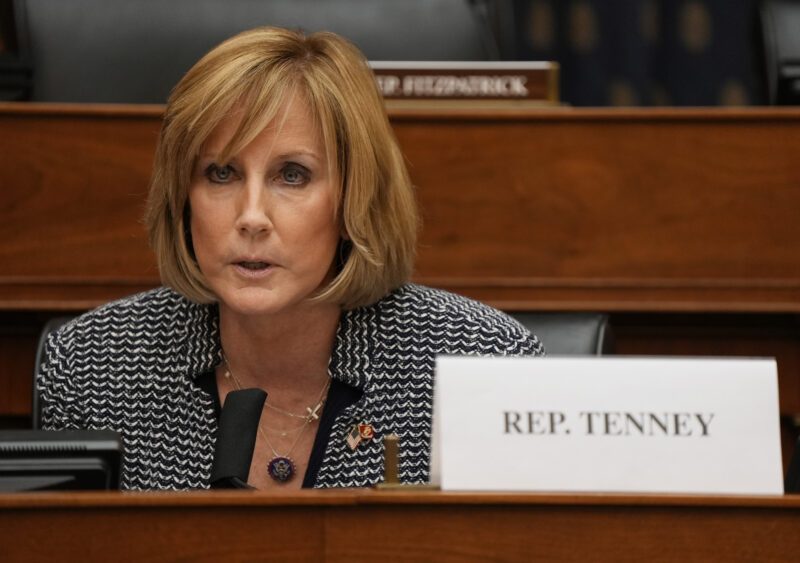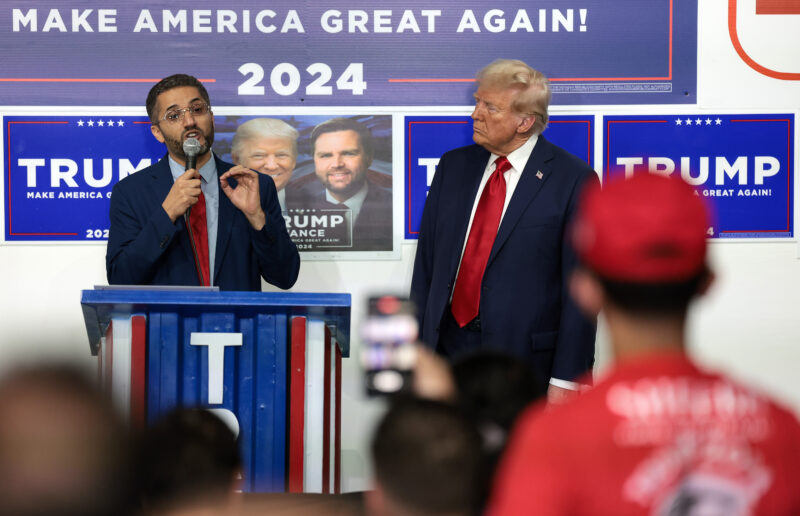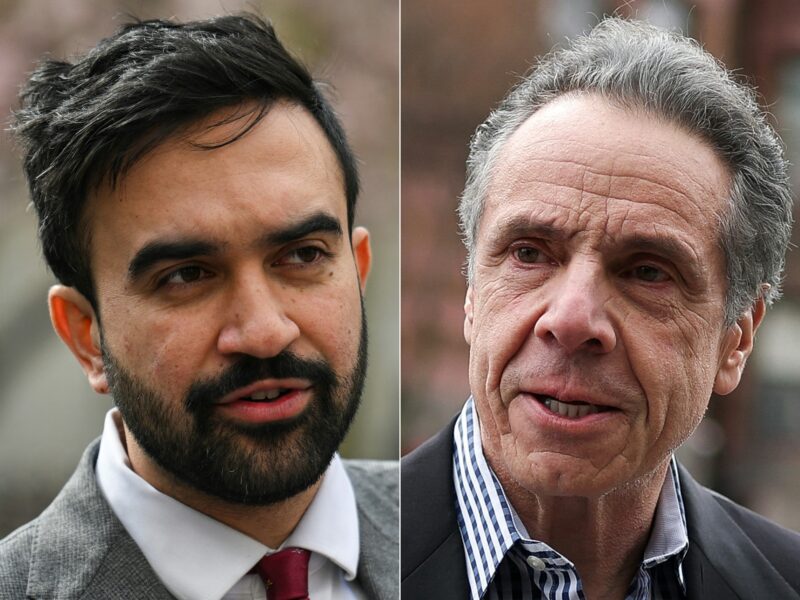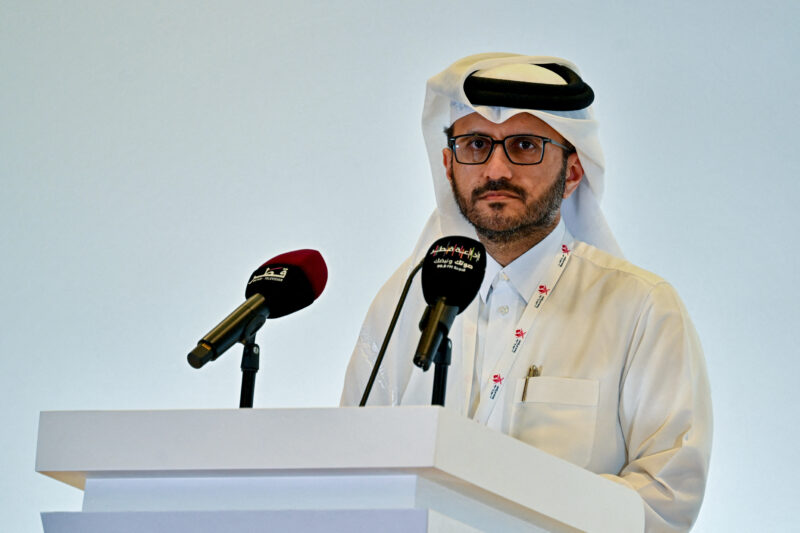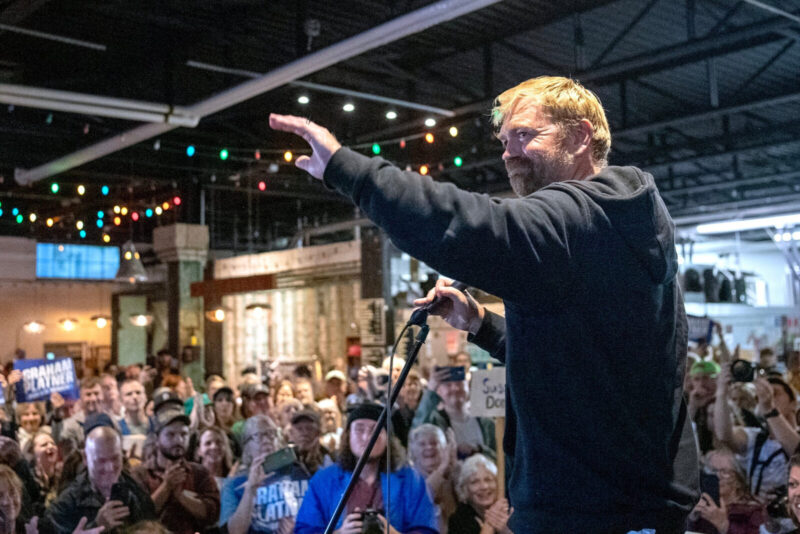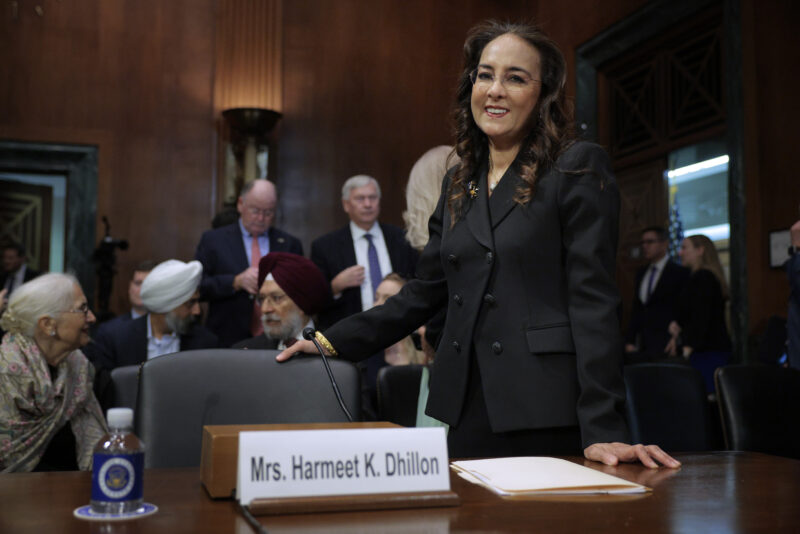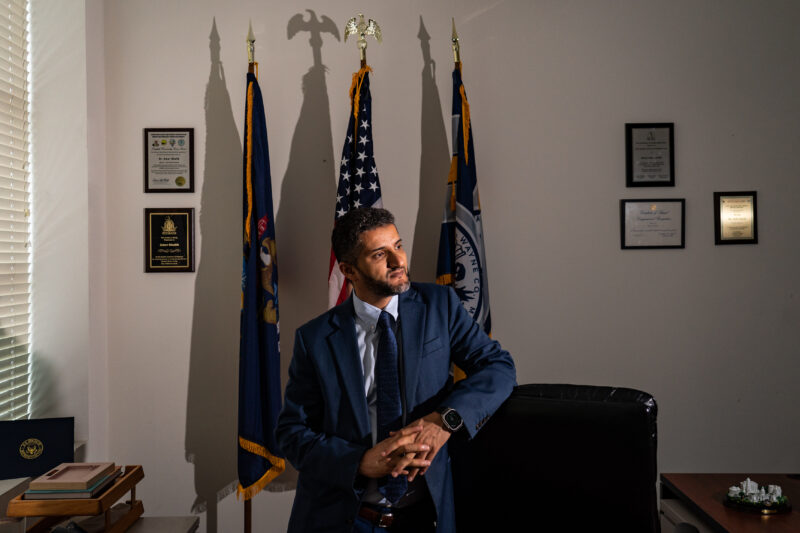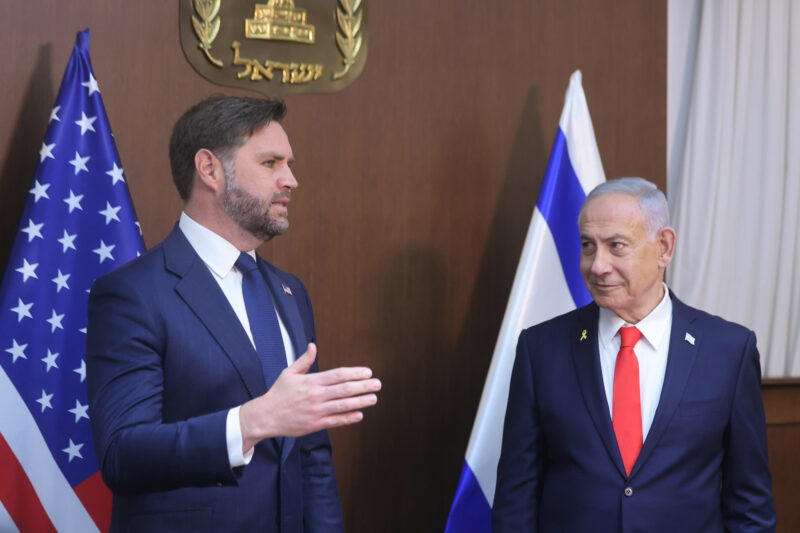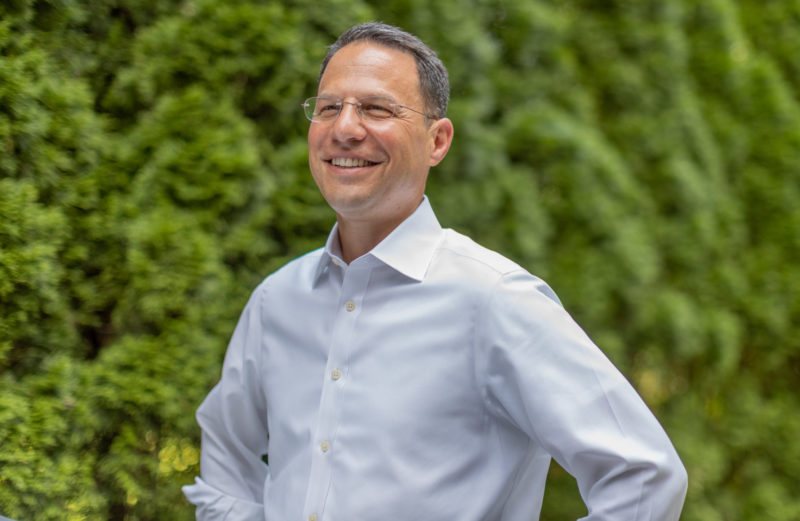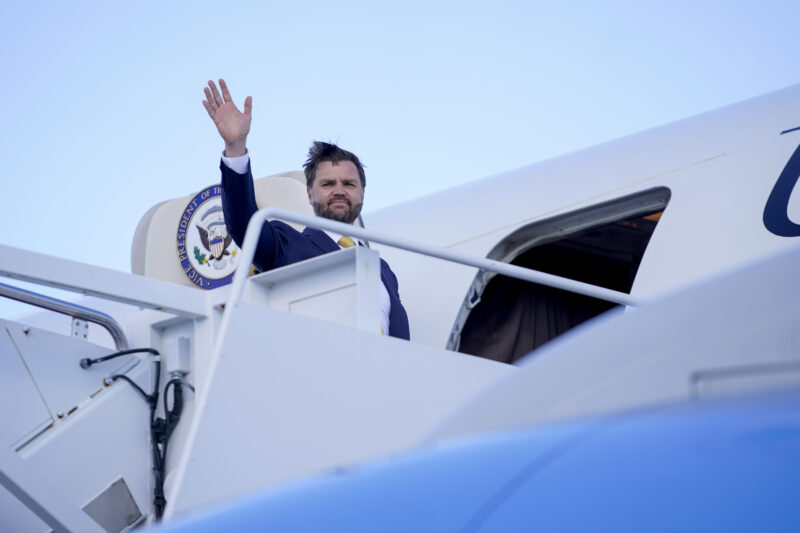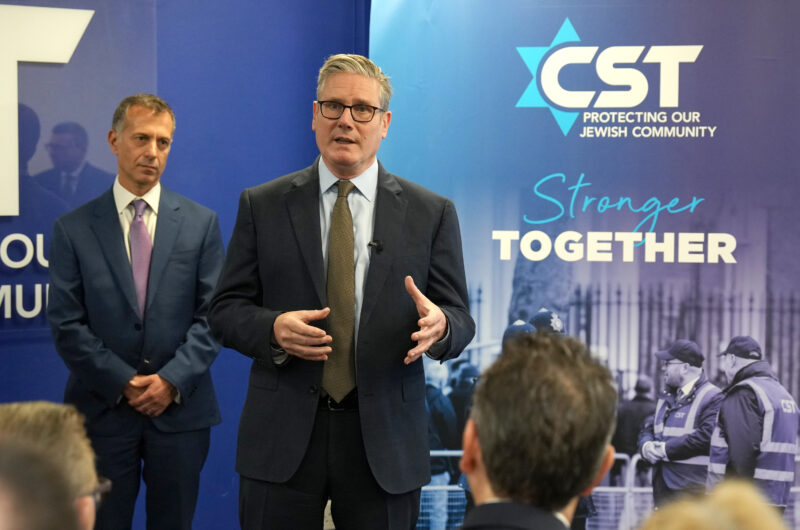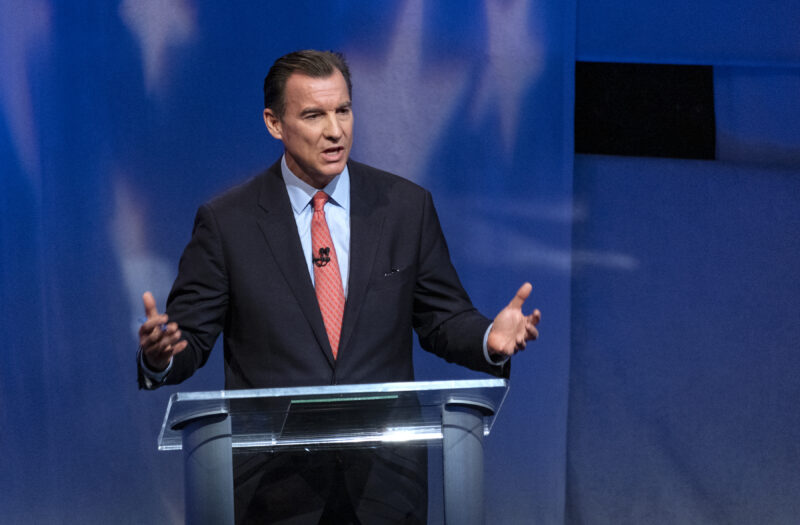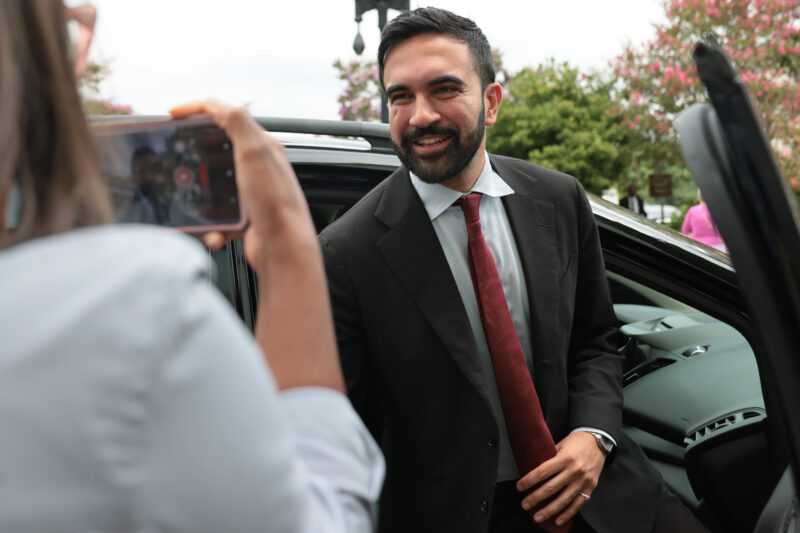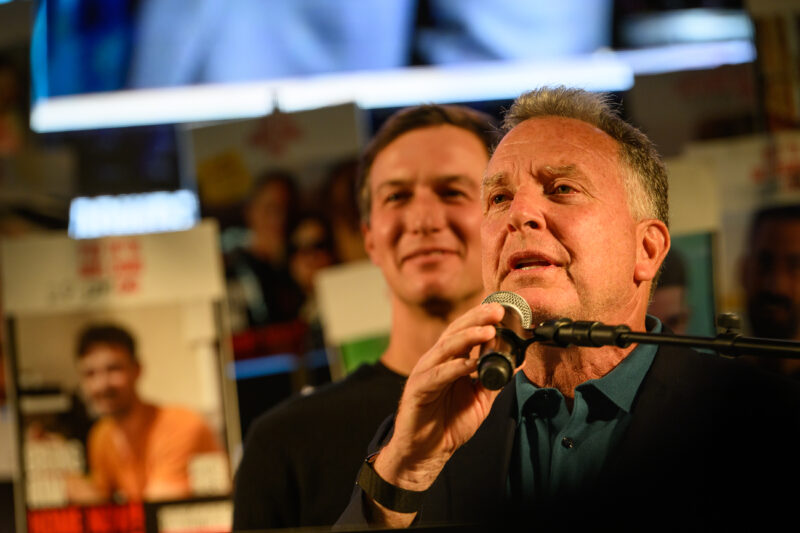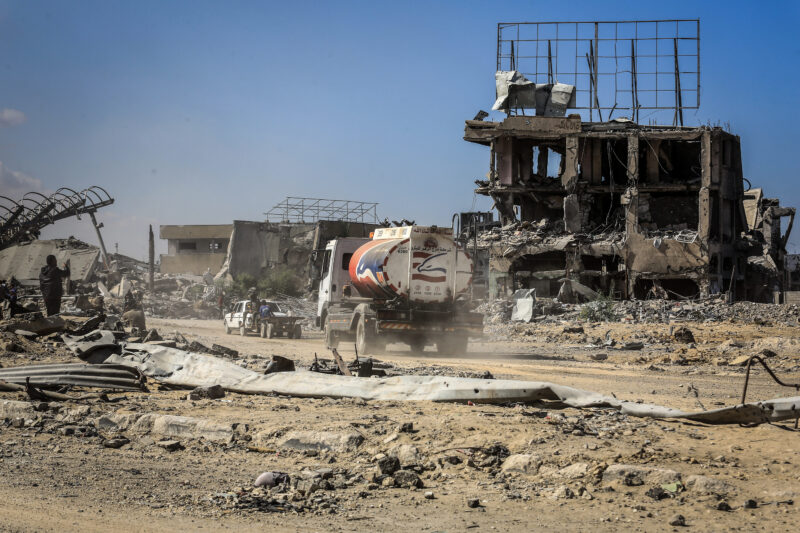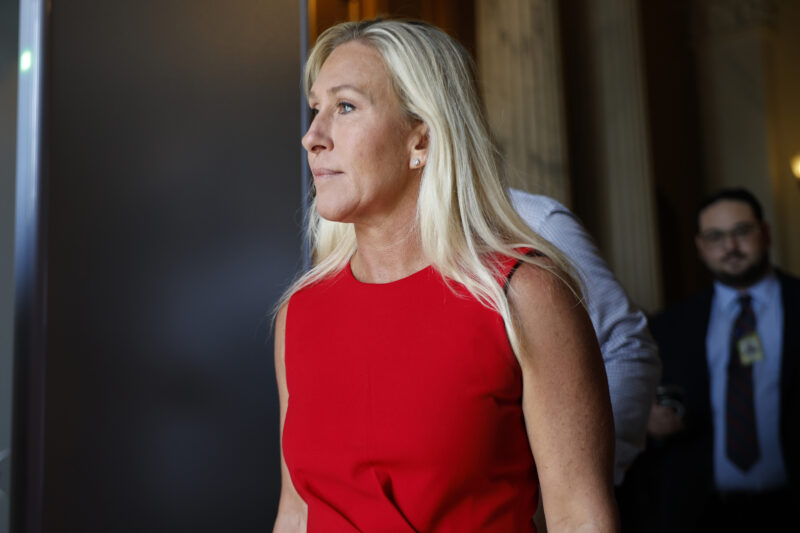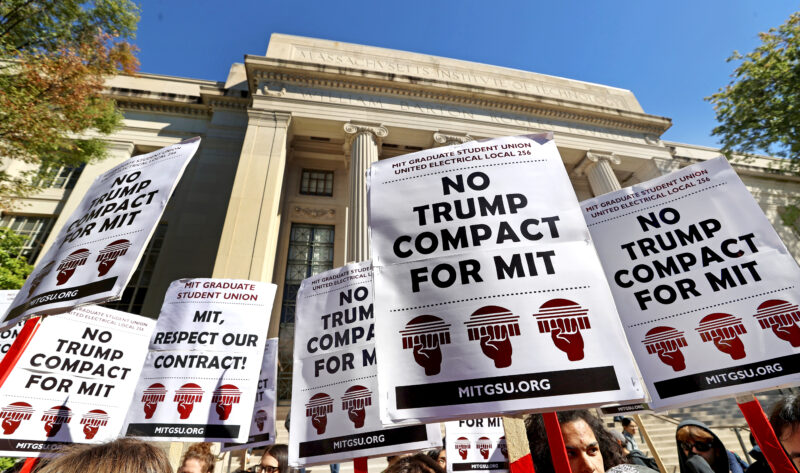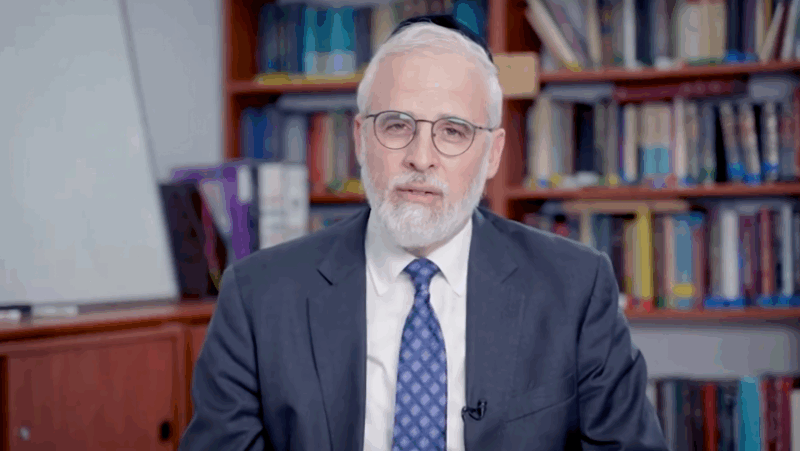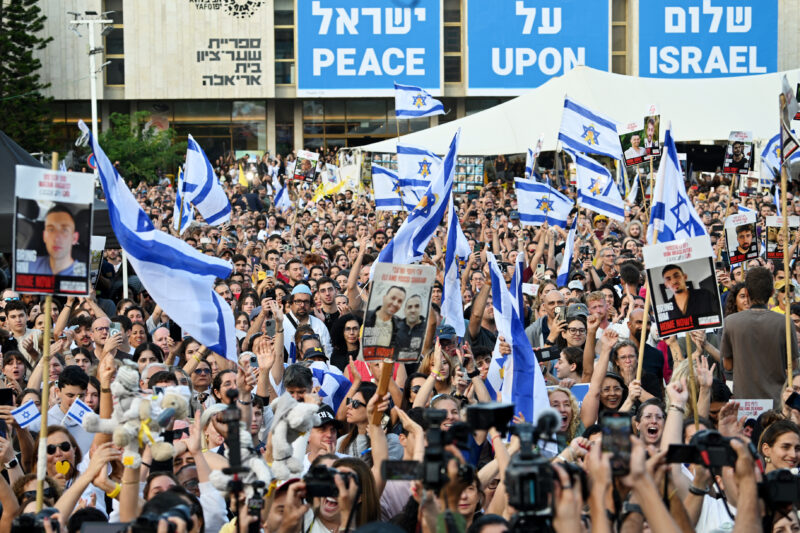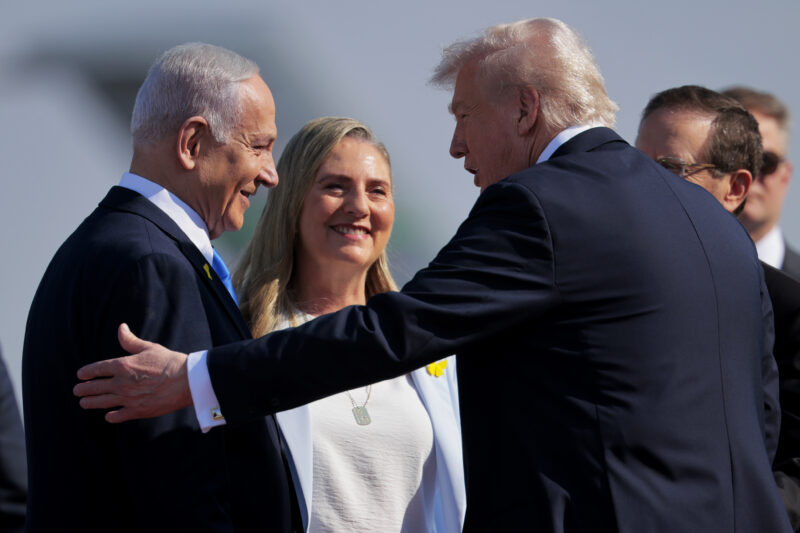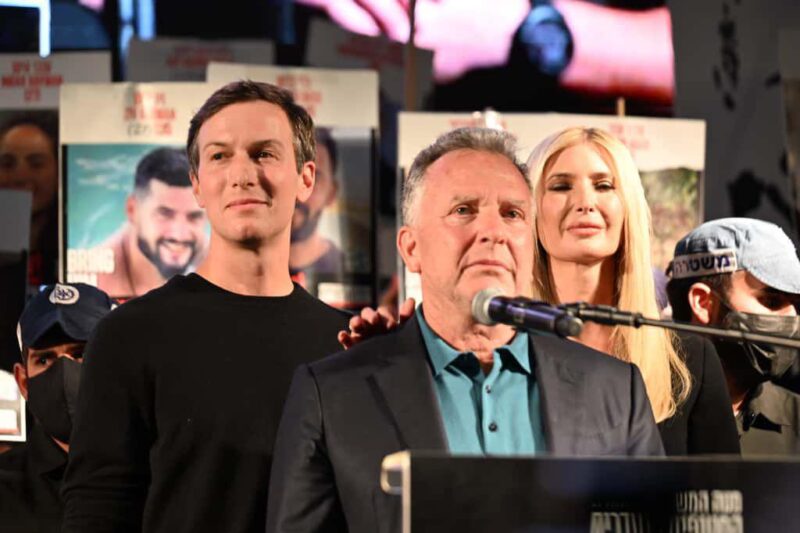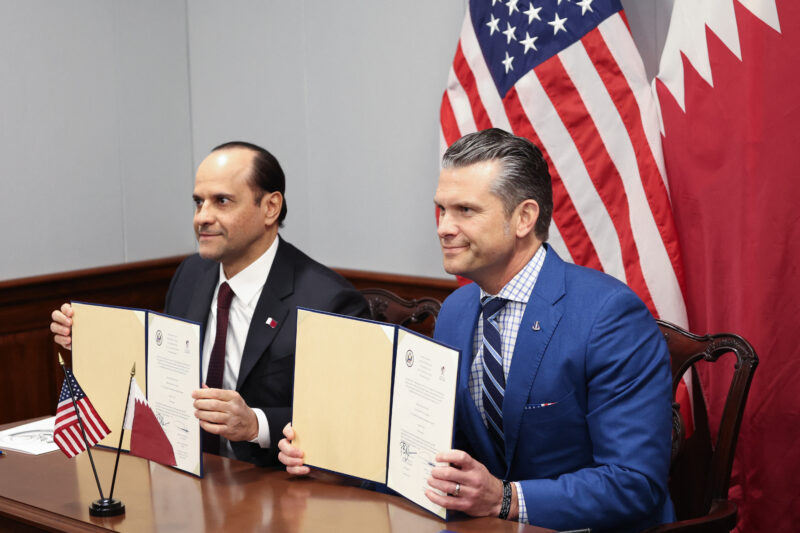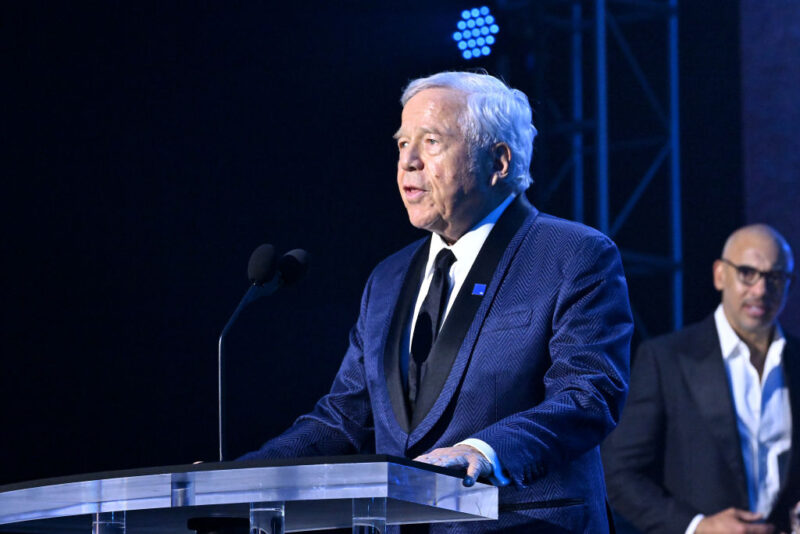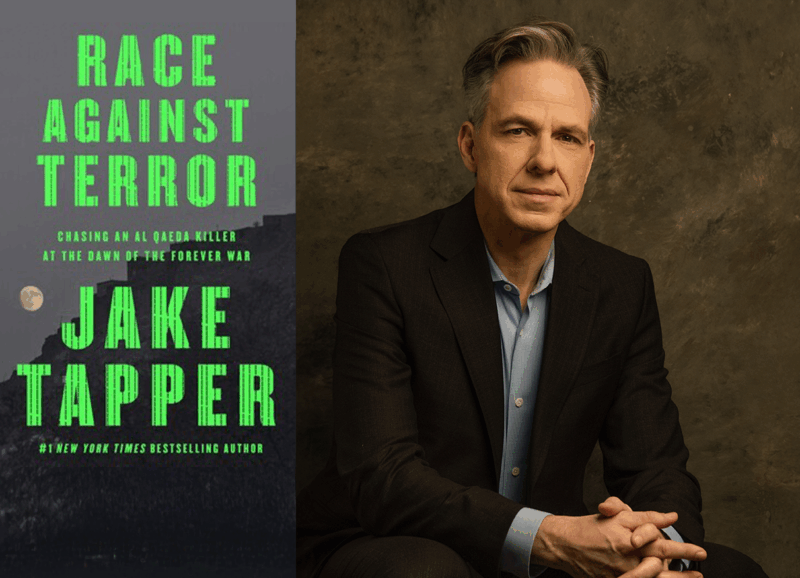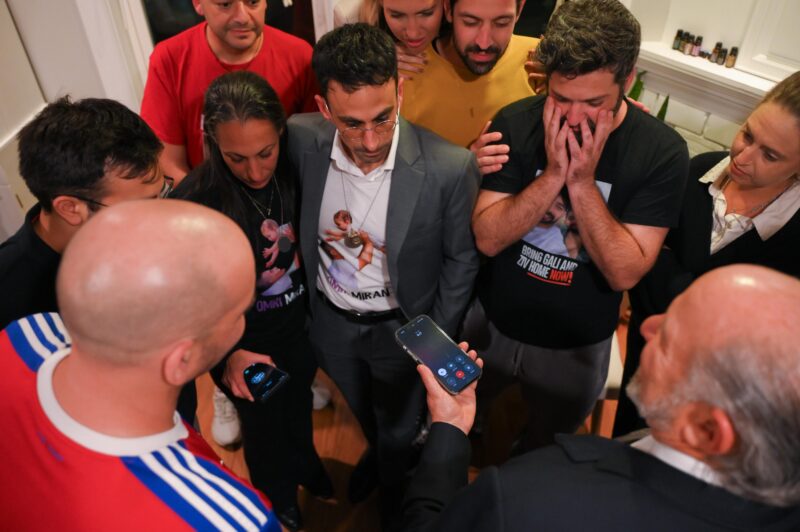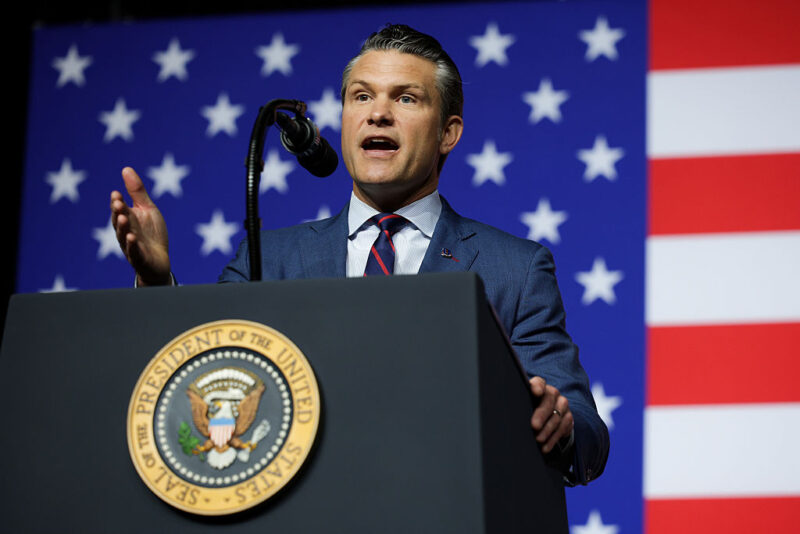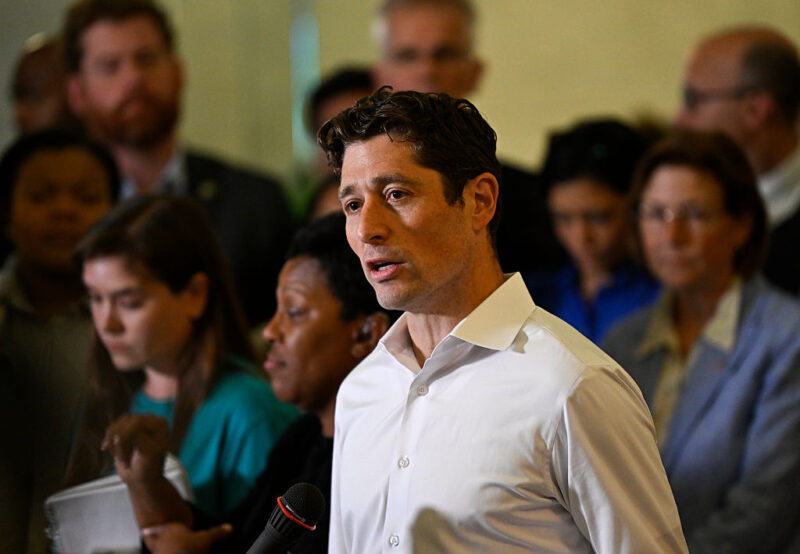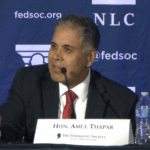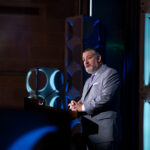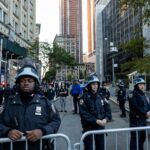Vance takes center stage in Trump effort to keep Gaza ceasefire on track
The vice president’s visit to Israel marks a pivot point in the Trump administration’s efforts for a post-Hamas Gaza
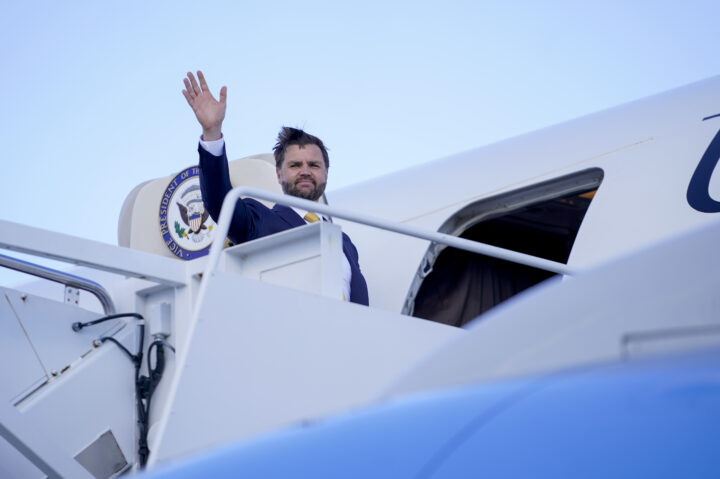
Nathan Howard-Pool/Getty Images
U.S. Vice President JD Vance boards Air Force Two en route to Israel on October 20, 2025 at Joint Base Andrews, Maryland.
Vice President JD Vance landed in Israel on Tuesday with the charge to lead efforts to stabilize the fragile ceasefire in Gaza and assist in the implementation of the second phase of President Donald Trump’s peace deal.
Following the release of the remaining 20 living Israeli hostages from Gaza in exchange for Palestinian prisoners, there was little indication that Hamas would abide by the other elements of Trump’s 20-point plan, which calls on the terrorist group to disarm and cede governance to a technocratic group of Palestinian leaders. In the last week, Hamas began executing Palestinians, clashing with rival groups and reasserting itself as the security and governing force in the Gaza Strip.
Over the weekend, Hamas terrorists shot an anti-tank missile at IDF machinery and killed two soldiers and Israel retaliated with airstrikes in Rafah, further jeopardizing the status of the ceasefire. Israeli Prime Minister Benjamin Netanyahu briefly halted the delivery of humanitarian aid into Gaza, but reversed course following pressure from the Trump administration.
The vice president will now step into the conflict, visiting Israel at an important juncture as the Trump administration looks to avoid another breakdown into renewed hostilities and ensure full compliance with the deal.
“Hamas is going to fire on Israel. Israel’s going to have to respond, of course. There are going to be moments where you have people within Gaza that you’re [not] quite sure what they’re actually doing. But we think it has the best chance for sustainable peace,” Vance told reporters on Sunday, referring to the peace proposal.
The decision to dispatch Vance to Israel is a sign of the Trump administration’s continued engagement in the Middle East after securing the hostage-release deal, according to experts.
“We are in a moment of really intense American engagement and influence that have got us to a stage one that no analyst a month ago would have told you was possible, and so there is a moment of opportunity here,” said John Hannah, a senior fellow at the Jewish Institute for National Security of America. “In order to be sustained, it’s a ceasefire and peace process that is going to require intense and continuous U.S. engagement at the most senior levels.”
While Vance’s foreign policy experience was limited during his time in the Senate, the vice president has remained deeply engaged on issues regarding Israel during the second Trump administration. Hannah said this continued high level involvement will be key to sustaining any peace deal.
David May, a senior research analyst at the Foundation for Defense of Democracies, said deploying Vance shows the significance of this issue to the Trump administration.
“This is a huge legacy item for President Trump, and so trying to make sure that the ceasefire holds is a highly important item for him. They had to send someone of a high profile, and sending the vice president shows that you are serious,” said May.
May said it would be a “huge accomplishment” if Vance is able to keep the ceasefire from collapsing — and secure progress toward other elements of Trump’s peace plan.
“This is now an opportunity for Vance to build on his portfolio and show his vice presidential experience,” said May. “There’s very often vice presidents that sit in the background and don’t do much and don’t have much to show for it. This is an opportunity for him to get in the foreground.”
The key, May says, will be for Vance to leverage the U.S. relationship with Israel and convince Netanyahu’s government to show restraint in responding to Hamas’ provocations.
“In order for the ceasefire not to collapse, the exchanges of fire have to stop. It’s very difficult to get Hamas to stop firing, but if you can get the Israelis to stop responding, or at least to respond less forcefully, then maybe that can lower the temperature a little bit and allow for some of the benefits of the ceasefire to start kicking in,” said May.
But beyond keeping the pause in hostilities afloat, the administration still faces a significant challenge in completely disarming Hamas and removing them from Gaza, a hurdle May says could require further confrontation with the terrorist group.
“I don’t think any power besides maybe the United States or Israel can be trusted and would have the commitment to actually disarming Hamas,” said May. “Unless Hamas is able, or willing, to resume its previous role as being a more religious and cultural and social organization without the same political power or weapons, I don’t foresee a way of implementing the ceasefire without maybe another round of fighting with Israel actually taking out Hamas.”
Vance is slated to stay in Israel until Thursday, according to reports. The vice president will join White House Special Envoy Steve Witkoff and Jared Kushner, both of whom played vital roles in securing the first phase of the deal, who are already in Israel and met on Monday with Netanyahu.




